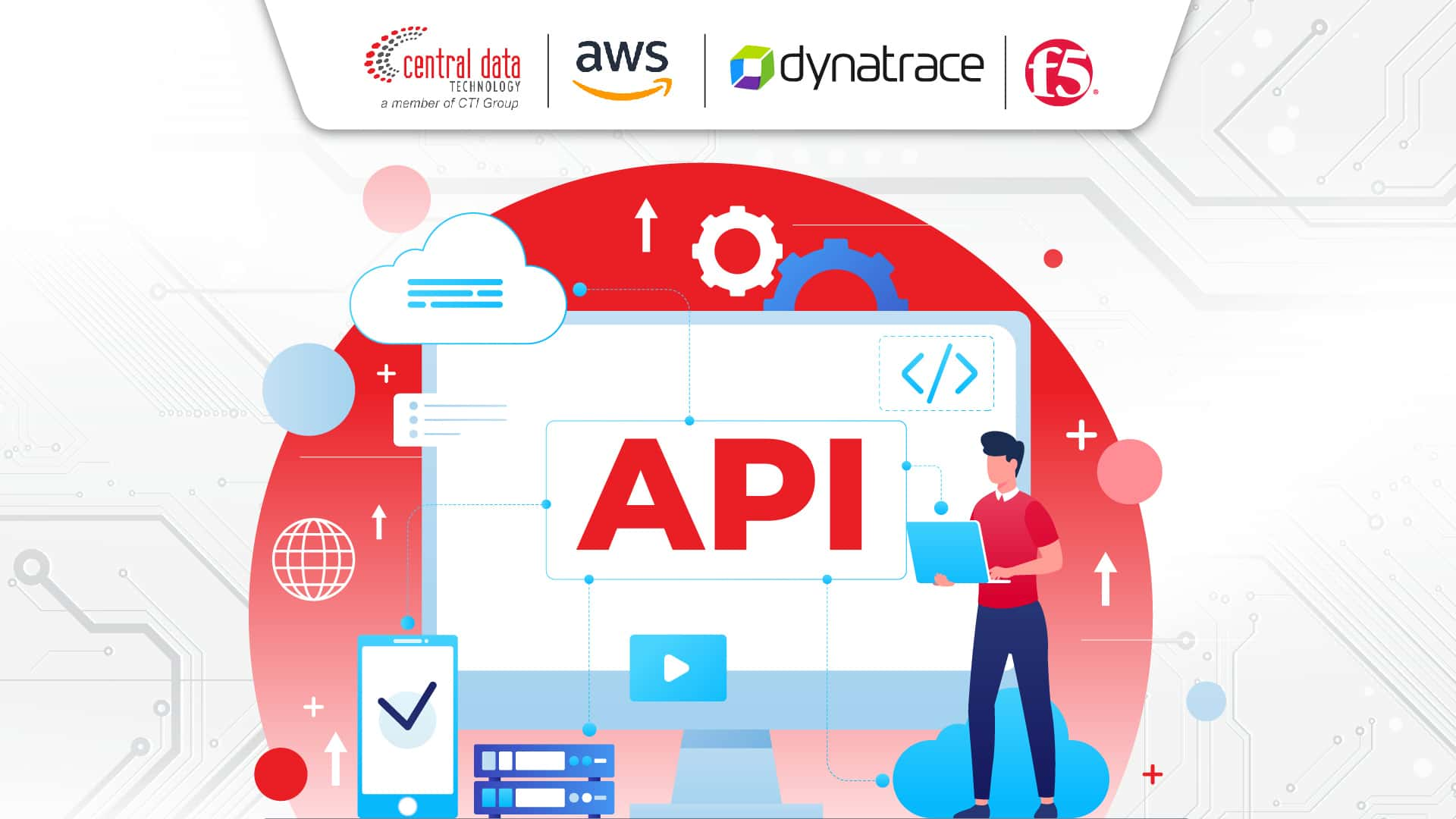
According to the 2025 Connectivity Benchmark Report by Mulesoft, organizations use an average of 897 applications—more than 1,000 apps! Shockingly, only a small portion of these are fully integrated, leading to data silos that hinder efficiency and innovation.
This is where API integration becomes a game-changer—connecting isolated systems and accelerating your company’s digital transformation.
What is API Integration? Let’s Break It Down!

API (Application Programming Interface) integration is the process of connecting various software systems and applications to enable smooth data exchange and communication between them. This allows different platforms to work together seamlessly, reducing reliance on manual processes that are often time-consuming and prone to errors.
With proper API integration, businesses can streamline their operations, improve data accuracy, and boost overall efficiency. It helps ensure that information flows consistently across departments, making it easier to collaborate, automate workflows, and respond quickly to business needs.
Digital Transformation Starts Here: The Critical Role of API Integration
API integration plays a key role in boosting efficiency, improving team productivity, and accelerating decision-making. By enabling seamless data flow across platforms and systems, businesses can automate repetitive tasks, reduce manual errors, and streamline operations. This accessibility to real-time information helps teams collaborate better and respond quickly to market changes, leading to improved agility and customer experience.
Disconnected systems can lead to fragmented workflows and limited visibility. These issues slow down innovation and reduce a company’s ability to adapt. API integration allows organizations to connect data sources, gain deeper insights, and deliver more personalized services—making it a powerful driver of digital transformation and long-term growth.
Winning Strategy: How to Plan Effective API Integration
Each company has its own unique set of integration needs, depending on its industry, infrastructure, and goals. Before implementing API integration solutions, it’s important to thoroughly assess the types of data that need to be exchanged, the systems and platforms involved, as well as the specific business outcomes the organization aims to achieve. Strategic planning helps minimize risks, reduce implementation errors, and ensure the integration process runs smoothly and aligns with overall business goals.
In addition to strategic planning, it’s equally essential to select APIs that align with the company’s long-term digital transformation goals. Scalable and flexible API solutions not only meet current operational requirements but also allow businesses to expand and evolve over time. These integrations support growth, accommodate new technologies, and adapt to the increasing complexity of digital ecosystems, ensuring the company remains competitive and ready for the future.
What’s the Cost of API Integration? Here’s the Real Answer
API integration costs vary widely depending on several factors, including the complexity of the systems being connected, the number of applications involved, the level of customization required, and the type of API solution chosen. For some companies, especially those with legacy systems or complex infrastructures, the initial development and implementation phase might require a significant investment. However, the starting cost is often justified by long-term advantages—such as streamlined workflows, reduced manual processes, lower maintenance needs, and increased operational efficiency.
Beyond development, businesses should also consider ongoing expenses like API monitoring, regular updates, security upkeep, and technical support. These recurring costs play a crucial role in keeping the integration stable and secure over time. By choosing the right API tools and partners, along with a clear implementation strategy, companies can better manage their budget while maximizing long-term value. Rather than seeing API integration as just another expense, it should be viewed as a strategic investment that fuels business growth and adaptability.
4 Major Challenges Solved by API Integration
Financial Impact of Disconnected Systems
Organizations relying on outdated systems or manual processes often fall behind. According to 2021 Market Report by Cleo, 66% of businesses lose up to $500,000 annually due to integration issues, while 10% report losses exceeding $1 million. API integration accelerates workflows and helps streamline revenue-generating processes.
Bridging the Gap Between Old and New Tech
Many businesses still use legacy systems that aren’t easily compatible with modern cloud applications. Rather than replacing these systems, APIs allow seamless connection to new technologies, creating robust end-to-end integration.
Barriers to Fast Application Deployment
Rapid business changes require quick deployment of new apps. API connectors and templates simplify and speed up integration, making it easier to exchange data and support real-time customer collaboration.
Limited Visibility Over Data and Processes
Lack of system-wide visibility can lead to operational blind spots. APIs provide real-time monitoring and user-friendly dashboards, helping teams proactively manage risks and maintain smooth operations.
How Different Industries Leverage API Integration

These real-world API integration examples demonstrate how the right API services help organizations unlock agility, innovation, and scalability. API integration empowers a wide range of industries by simplifying complex processes and enabling real-time data flow. E-commerce platforms benefit from seamless connectivity between payment systems, inventory management, and customer interfaces—ensuring smooth transactions and better user experiences. Banks and financial institutions rely on APIs to streamline internal operations, from transaction handling to financial reporting, giving them greater control and oversight. Meanwhile, the healthcare sector uses APIs to securely exchange patient information across hospitals, labs, and clinics—speeding up diagnostics and enhancing the quality of care.
No matter the industry, API integration helps reduce operational costs, eliminate data silos, and encourage faster innovation. By allowing systems to work together more intelligently, businesses can adapt quickly to changing demands, boost collaboration across teams, and stay competitive in an increasingly digital world.
Explore API Integration Solutions from CDT
Central Data Technology (CDT), part of CTI Group, offers reliable and flexible API integration solutions to help your business connect systems and drive performance.
AWS: Amazon API Gateway
Amazon API Gateway is a fully managed service from AWS that streamlines the process of building, managing, and securing APIs at any scale. It supports both RESTful and WebSocket APIs, offers robust monitoring, and enables flexible security options. Major services like Amazon Prime Video uses AWS API Gateway to handle millions of API requests per second, optimizing performance and reducing operational costs at scale.
Dynatrace Open Ecosystem
Dynatrace’s Open Ecosystem enables broad API integration, leveraging AI for automated monitoring and operational efficiency. German insurance provider Provinzial simplified their toolset from 10 monitoring platforms to a single Dynatrace solution—eliminating blind spots and accelerating incident resolution.
F5 API Management Solutions
F5 delivers a complete API management suite covering API lifecycle, version control, and real-time monitoring. Brazilian financial cooperative Ailos used F5’s Distributed Cloud Services to secure over 200 applications and thousands of APIs—boosting API visibility by 100%, reducing management time by 75%, and speeding up app delivery by 120%.
Drive Your Business Further with Smart API Integration
API integration is essential for digital transformation—linking systems, improving visibility, and enabling better collaboration. AWS, Dynatrace, and F5 provide comprehensive tools to help build, manage, and secure your APIs efficiently.
Ready to maximize the potential of API integration in your business? As an official partner of AWS and Dynatrace, and the authorized distributor of F5 in Indonesia, CDT is here to help you design the right API Integration strategy. Reach out to us at marketing@centraldatatech.com—let’s build connected systems that move your business forward.
Author: Moyna Farla Tsabitah
CTI Group Content Writer Intern

